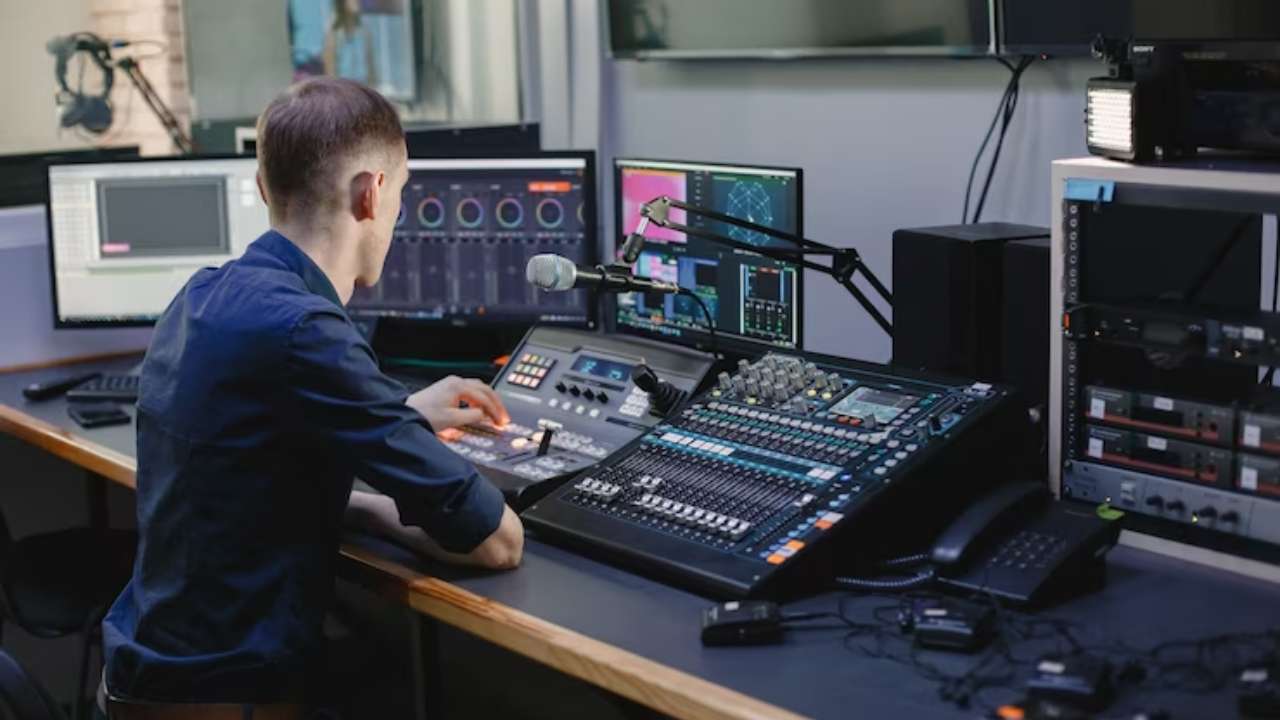A Guide For Tips For Implement the Ideal Surveillance System to Fulfill Your Security Needs
As it comes to guaranteeing safety and security, selecting the appropriate CCTV system is crucial. Closed-circuit television (CCTV) systems are widely utilized for surveillance in various settings, such as residences, businesses, and public spaces. These systems help observe activities, discourage criminal activity, and offer important proof in case of incidents. Comprehending the various elements and characteristics of CCTV systems can aid people and entities formulate knowledgeable decisions that most meet their security needs.One of the first factors when choosing a CCTV system is the type of cameras required. There are several types of devices available, including dome cameras, projectile cameras, and PTZ (pan-tilt-zoom) cameras. Dome cameras are often used for interior surveillance due to their subtle design, while bullet cameras are more noticeable and are generally employed externally. PTZ devices provide the ability to magnify in on particular locations and can be operated from a distance. Evaluating the particular surroundings and the areas that need surveillance will assist decide which kind of camera is most appropriate.
Another crucial consideration to take into account is the clarity of the devices. Higher clarity devices provide sharper images, which can be essential for recognizing individuals or details in a setting. Common resolutions consist of standard resolution (SD), high resolution (HD), and superior resolution (UHD). Although higher resolution devices may come at a increased price, they can considerably improve the effectiveness of a monitoring system. It is also important to take into account the illumination conditions in the location being monitored, as some cameras are better suited to handle low-light conditions than others.
Storage choices are also a key component of CCTV setups. Video footage can consume up a significant amount of space, so it is crucial to choose a system with adequate storage options. Many setups provide cloud storage, which enables for remote retrieval to recordings and can offer additional safeguarding in the event of burglary or damage to the physical device. Alternatively, local options, such as digital footage recorders (DVRs) or network footage devices (NVRs), can be employed. Comprehending the capacity needs based on the number of devices and the required holding period for recordings is vital for effective monitoring.
Lastly, the setup and upkeep of the CCTV setup should not be overlooked. Expert setup can guarantee that devices are placed in ideal locations for maximum coverage. Additionally, routine upkeep is necessary to keep the setup operating properly. This includes inspecting camera positions, wiping lenses, and ensuring that programs is current. Some systems also provide off-site surveillance capabilities, allowing users to access real-time footage from their smartphones or computers. This capability can provide reassurance and improve the overall effectiveness of the safeguarding setup.

In conclusion, selecting the ideal CCTV system involves thoughtful evaluation of multiple aspects, such as camera types, resolution, storage choices, and installation. By comprehending these elements, people and entities can select a setup that effectively meets their security requirements. A thoughtfully designed CCTV setup not only assists discourage criminal activity but also Get More Info offers important evidence when needed, rendering it an important expenditure for safety and security.